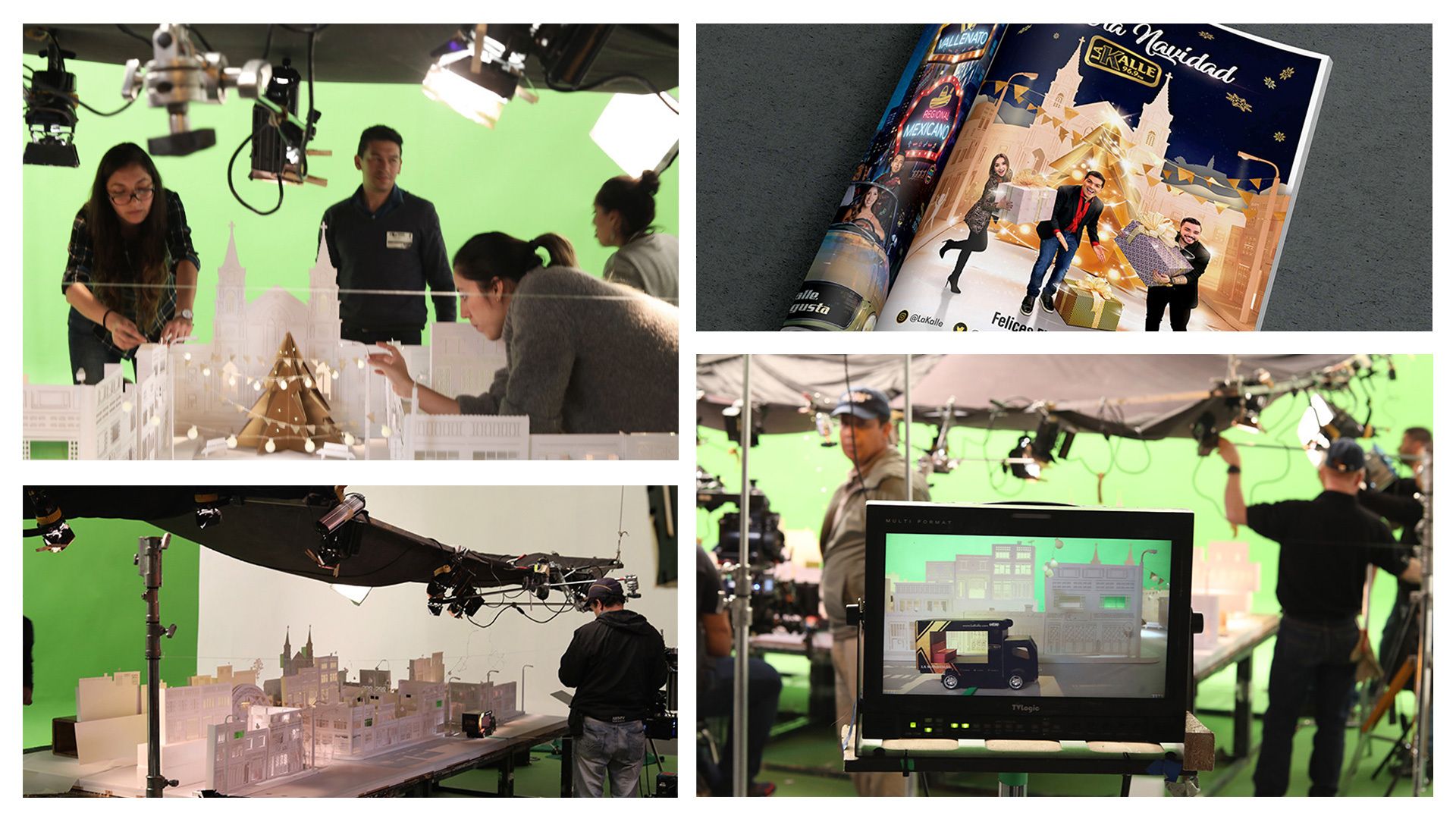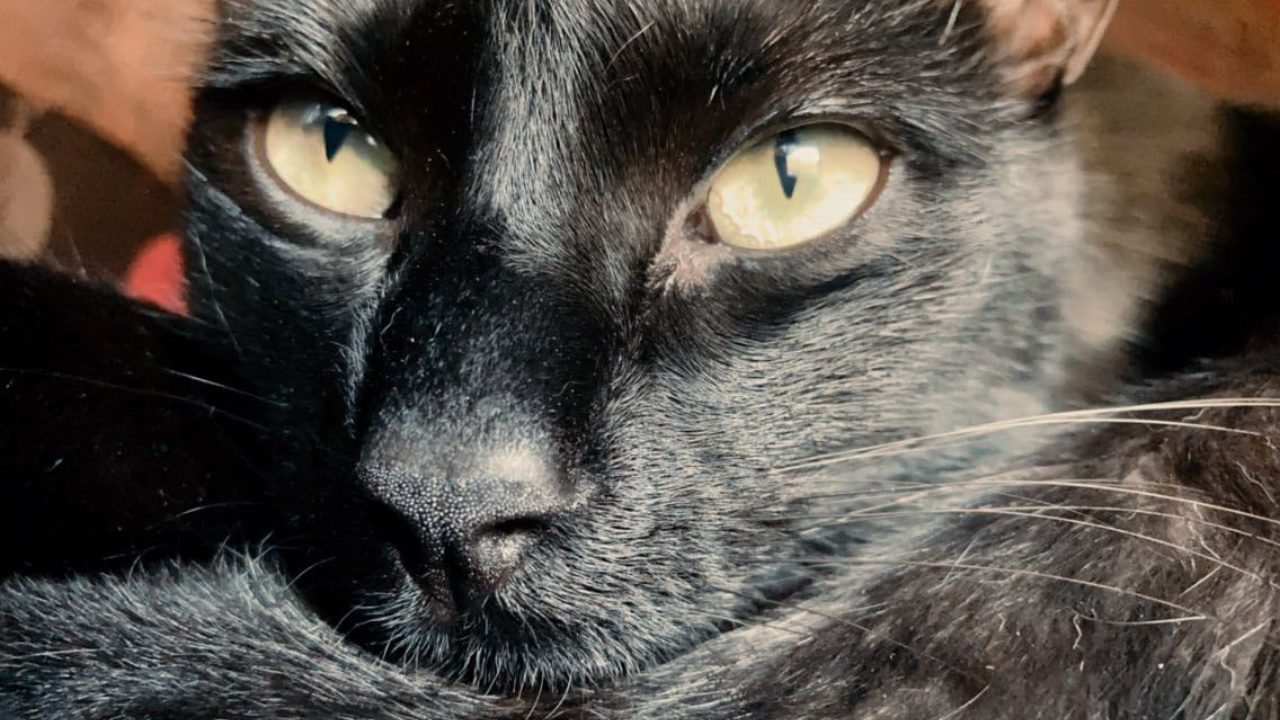
Early on as a designer, I learned valuable lessons from my mentor about “craft” – the delicate details that enhance a design. These subtle nuances can transform a good design into a great one. This is a lesson I have carried with me throughout my career and one I share with younger designers, emphasizing the importance of improving and perfecting every aspect of your work.
Since then, I have had the privilege of mentoring numerous junior graphic designers. These experiences have taught me valuable lessons about guiding the growth of designers, nurturing their creativity, and building their confidence.
One of the key lessons I pass on to younger designers is the importance of understanding the customer’s needs.
It’s easy to get caught up in creativity right away when you start your career, but aligning your design with your client’s vision is paramount to your success and ultimately your client’s happiness. Researching your target audience, researching market trends, and brainstorming ideas are essential steps that contribute to a successful design.
Another challenge junior designers face is anxiety about their work.
Self-doubt makes designers hesitant to share their work for fear of criticism. However, I emphasized the importance of seeking early feedback. Constructive criticism is a valuable tool for growth, and receiving it early in a project allows you to make necessary adjustments before it is too late. Encouraging designers to view feedback as a positive and constructive means to improve their work helps them develop resilience and adaptability.
To foster a culture of feedback within your team, it’s important to create a safe and supportive environment. Feedback should be viewed as a collaborative effort to enhance creativity and achieve collective goals. Here are some strategies for creating this culture:
Emphasize the importance of feedback: Emphasize how feedback improves your team’s work and leads to better results.
constructive environment: Ensure that feedback is delivered constructively, focusing on areas for improvement rather than personal criticism, and remind junior designers not to take feedback personally but to use it as a tool to refine their skills.
mutual feedback: We encourage teamwork and responsibility by encouraging designers to exchange feedback with each other. Organize peer reviews and team meetings to provide regular opportunities for designers to share their work, offer advice, and receive feedback.
respect for everyone: Teach designers to respect all feedback, even if they disagree. Diverse perspectives can lead to innovative solutions.
I have always encouraged designers to understand the rationale behind their design choices. Talking with a designer about their decisions, such as font selection or image use, fosters a deeper understanding and respect for the creative process. Ask questions like “Why did you choose that font?” Helps junior designers express their choices clearly and receive feedback more effectively.
It’s equally important to recognize and celebrate each other’s successes. Recognizing the positive impact or inspiration that colleagues’ work brings not only boosts team morale but also strengthens working relationships. A culture of gratitude motivates designers to continually strive for excellence.


Laura Herrera is the art manager at Kongregate. She has two cats, Sombra and Romeo, and loves her karaoke!
